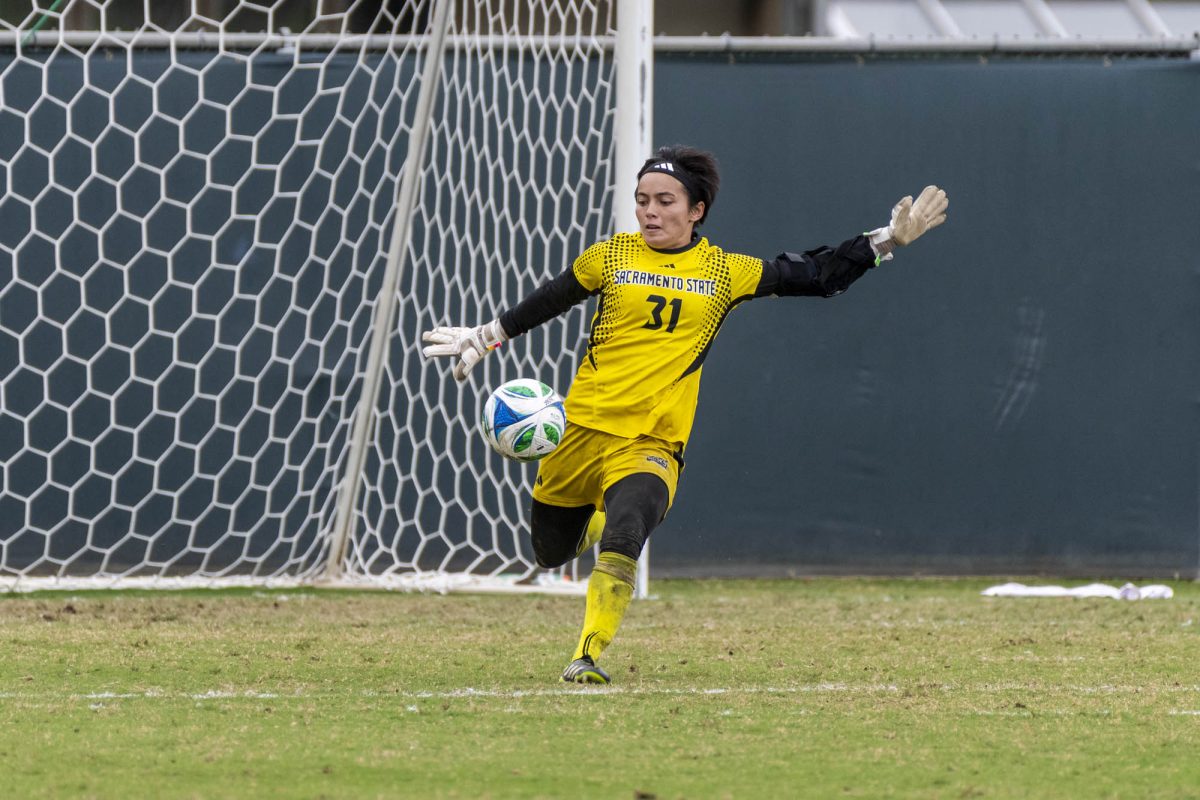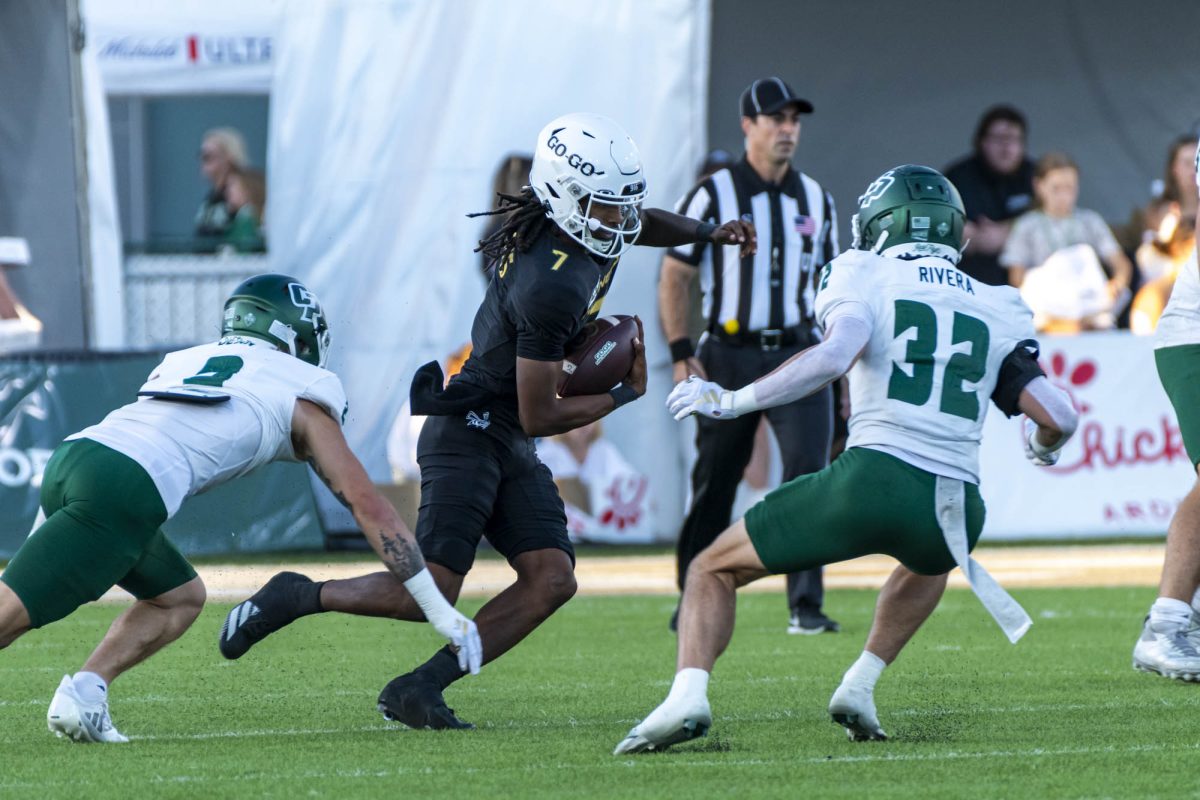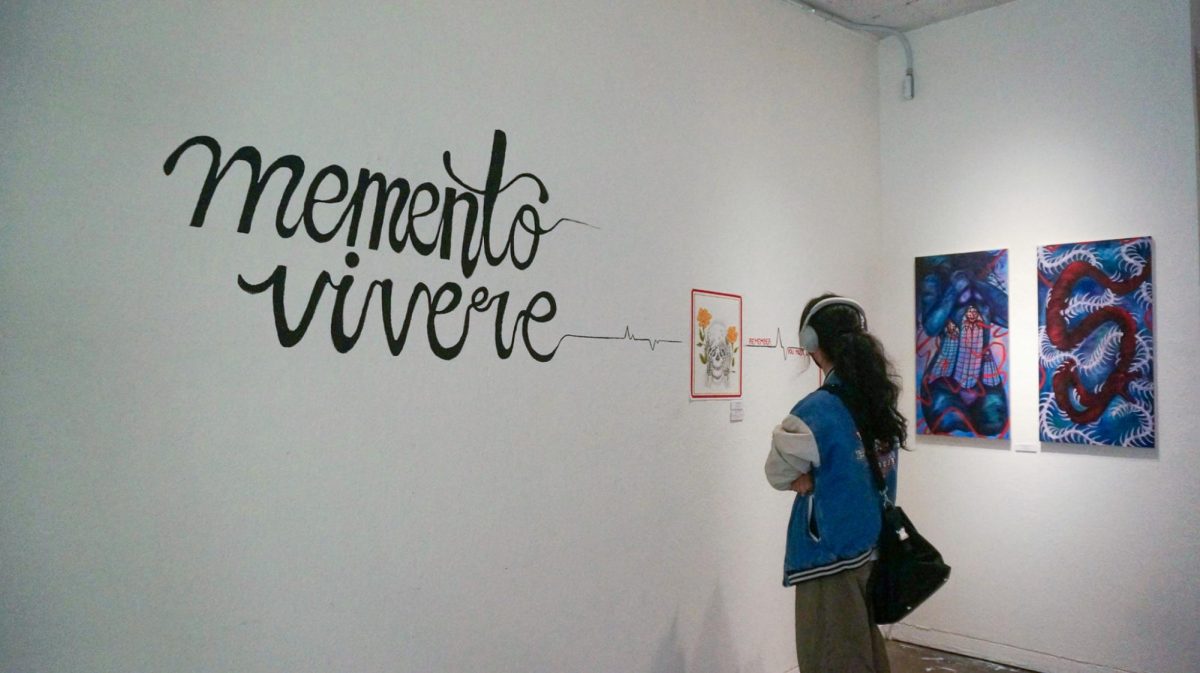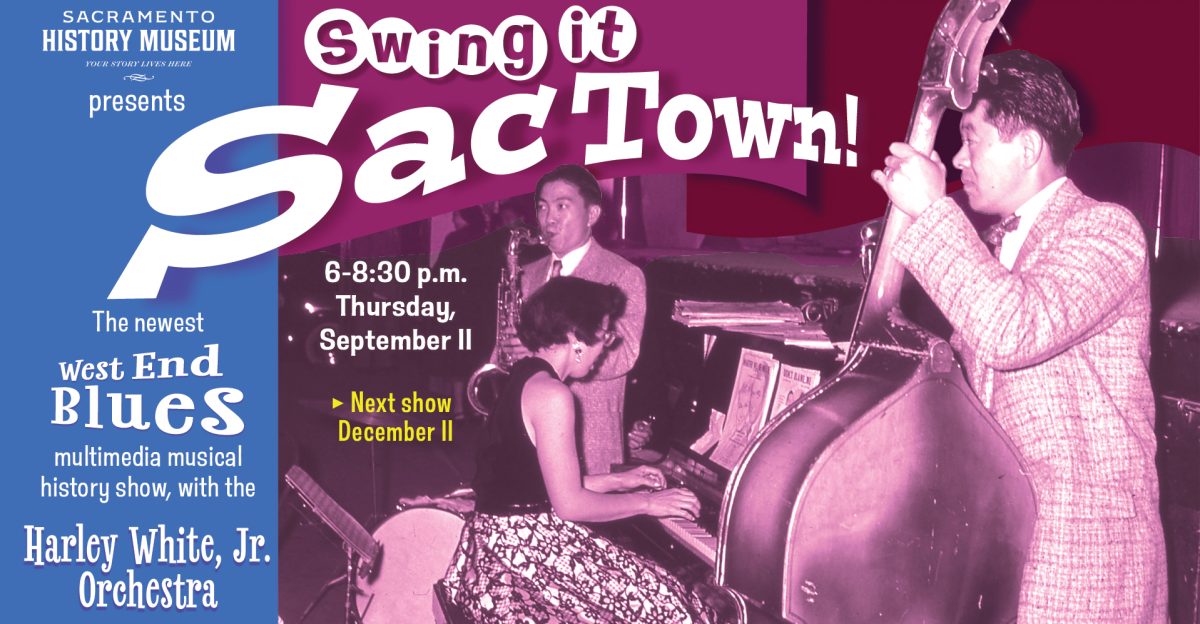The art of body art
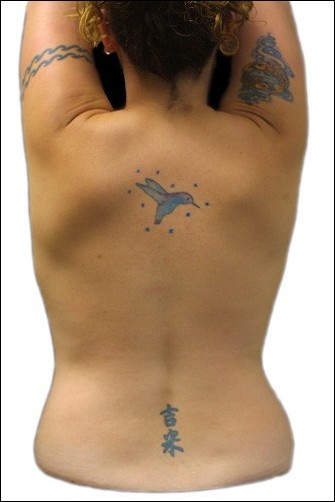
Image: The art of body art:Photo illustration by Kim Park/State Hornet. Model: Jolana Howard:
April 21, 2004
Meghan Casey
State Hornet
They’re everywhere these days &- on your friends, onyour teachers, on your parents, on you.
Tattoos are no longer reserved for small sectors of society.Still, while they have become more commonplace, while theircultural significance may have changed or become more mainstream,you may not know the technical aspects of getting a tattoo.
Before you get the tattoo
As with anything else, tattoo styles come and go in trends.Think carefully about why you are getting the tattoo you want. Nowthat a lot of people from different walks of life have tattoos,having one does not, in itself, make a statement anymore.
A tattoo can be a marker, a token of an event in your life.People get their newborn’s footprint on their leg or get abroken heart when they break up with someone. Just remember to onlyget tattoos that represent things you’ll want toremember.
Local tattooist Ed, who, like many artists, does not give outhis last name, works at Bonehead Tattoos on K Street. He says thatalthough there is no real way to “prepare” yourself forgetting a tattoo, you can be smart about it.
“Educate yourself about what you’re looking forbefore walking into the tattoo shop,” Ed says.
He recommends visiting safetattoo.com, the Web site for theAmerican Tattooing Institute. The site is dedicated to educatingand certifying tattooists for safety, specifically preventing thespread of disease.
Once you know what you want to get, you need to find someone todo it for you. If you see someone with a tattoo in a style youlike, ask the person who the tattooist was. People love to talkabout their tattoos. You also can hear about a tattooist who maynot be well known but who is excellent with one particular style.Most tattooists have a specialty. Ed loves doing portraits. Eiland,of Forever Tattoo on 16th Street, is known for his”traditional” tattoos.
When looking for a tattooist to do your design, Ed recommendslooking at the tattooist’s portfolios, especially when youwant “a piece that requires any type of technique, not justthe rubber stamp design that anyone could do in theirsleep.”
Avoid people who don’t have portfolios &- youcan’t be sure if they can execute well the design youdesire.
Tattoos are expensive &- some tattooists are cheaper thanothers.
“Cheap is not good &- you don’t want to shopprice for a tattoo … if price is your issue, don’tcome to me,” Ed says.
After you’ve gotten the tattoo
People may think that the worst part of getting a tattoo is overonce the needle stops entering the skin. Unfortunately, thisisn’t always the case. Pain that lasts an hour or two ismanageable, especially when you know it will soon be over andyou’ll be getting a piece of art permanently on your body forit. The true test of faith comes when the tattoo starts toheal.
When your tattooist is done with the needlework, he or she willusually apply an ointment or spray it with a cleansing liquid.Sometimes the tattooist will “wrap” the area &-cover it in Saran wrap or some other kind of water-resistantmaterial.
Ed claims that this practice is not only for the newly tattooedperson, but for the public as well.
The first few hours after a person has been tattooed, the areawill bleed and leak somewhat. This is common. The wrap keeps yourtattoo from sticking to your clothes, and protects it from dustwhile it’s, technically, an open wound.
Perhaps more importantly, tattooists should wrap your tattoobecause the first few hours after the process is complete, you area walking biohazard. An educated tattooist realizes that somepercentage of the population is infected with one transmittabledisease or another. Sending a newly tattooed client out into theworld, bleeding all over the place, is irresponsible.
A few hours after getting your tattoo, you should remove thewrap. Wash your tattoo with water and antibacterial soap. Make sureto rinse the soap off well, because soap can dry out your skin.Never rebandage your tattoo.
The first night you have a new tattoo, you’ll want to goto bed wearing a cheap T-shirt. It’s also a good idea to put”tattoo sheets” on the bed. Otherwise, you could wakeup in the morning with an imprint of your tattoo on your favoritebedding or pjs.
Until the tattoo is completely healed, you’ll want to washit at least once a day with soap and water. Prevent it from dryingout by using a moisturizing product. Which product to use is anindividual matter &- different people are allergic to andtolerant of different things. The general rule is to avoid productswith perfumes or scents. Some people use Tattoo Goo, some useA&D, some swear by Lubriderm. No matter what you use, try toapply it sparingly. Skin needs air to breathe and heal properly,and too much lotion can suffocate the area.
The better care you take of your tattoo in the first few weeksafter getting it, the better it will look permanently. And remember&- don’t pick at the scabs!

































